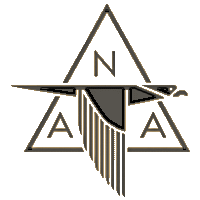|
|||||||
|---|---|---|---|---|---|---|---|
| National origin | United States | ||||||
| Manufacturer | North American Aviation (NAA) | ||||||
| First flight | 21 September 1964 | ||||||
| Retired | 4 February 1969 | ||||||
| Status | Retired | ||||||
| Primary users | United States Air Force NASA |
||||||
| Number built | 2 | ||||||

The B-70 was planned to use a high-speed, high-altitude bombing approach that followed a trend of bombers flying progressively faster and higher since the start of crewed bomber use. Through that same period, only two weapons proved effective against bombers: fighter aircraft and anti-aircraft artillery (AAA). Flying higher and faster made it more difficult for both; higher speeds allowed the bomber to fly out of range of the weapons more quickly, while higher altitudes increased the time needed for fighters to climb to the bombers, and greatly increased the size of the AAA weapons needed to reach those altitudes
Then interest increased due to the politics of presidential campaign of 1960. A central plank of John F. Kennedy's campaign was that Eisenhower and the Republicans were weak on defense, and pointed to the B-70 as an example. He told a San Diego audience near NAA facilities, "I endorse wholeheartedly the B-70 manned aircraft." Kennedy also made similar campaign claims regarding other aircraft: near the Seattle Boeing plant he affirmed the need for B-52s and in Fort Worth he praised the B-58.

Ceiling
MAX RANGE
Aircraft Speed
Max Crew


Though it looks like a cartoon and was obsolete before its first flight, this Cold War bomber is one of the fastest aircraft ever built. Here's a closer look.
The futuristic XB-70A was originally conceived in the 1950s as a high-altitude, nuclear strike bomber that could fly at Mach 3
The futuristic XB-70A was originally conceived in the 1950s as a high-altitude, nuclear strike bomber that could fly at Mach 3